Producers
-
Description:
Figgins is the project of veteran winemaker Chris Figgins, best known for being the winemaker at his family winery Leonetti Cellar. Although he could easily have been content carrying on Leonetti’s stellar track record as one of the best wineries in Washington, Chris wanted a project that would be all his own. With that in mind he created the Figgins vineyard, a 32-acre plot of land in Walla Walla planted to Cabernet, Merlot, and Petite Verdot.
Inspired by the estate wineries of the old world, all of these grapes go into making one wine, with the goal of exploring this single terroir. The winemaking is the same each year and therefore the only variables on this wine are what the vintage provides. The blend changes subtly each year in response to the unique conditions of that season, thus encapsulating and translating a time and place in the way that only wine can do. Chris is the second generation of Walla Walla’s first bonded winery, and rather than just holding steady he is intent on refining and improving the already revered reputation of his family. At Figgins and Leonetti, Chris is producing some of the greatest wines in the United States and, though he is already well on his way to a long and venerable career, this is merely the beginning.
Image: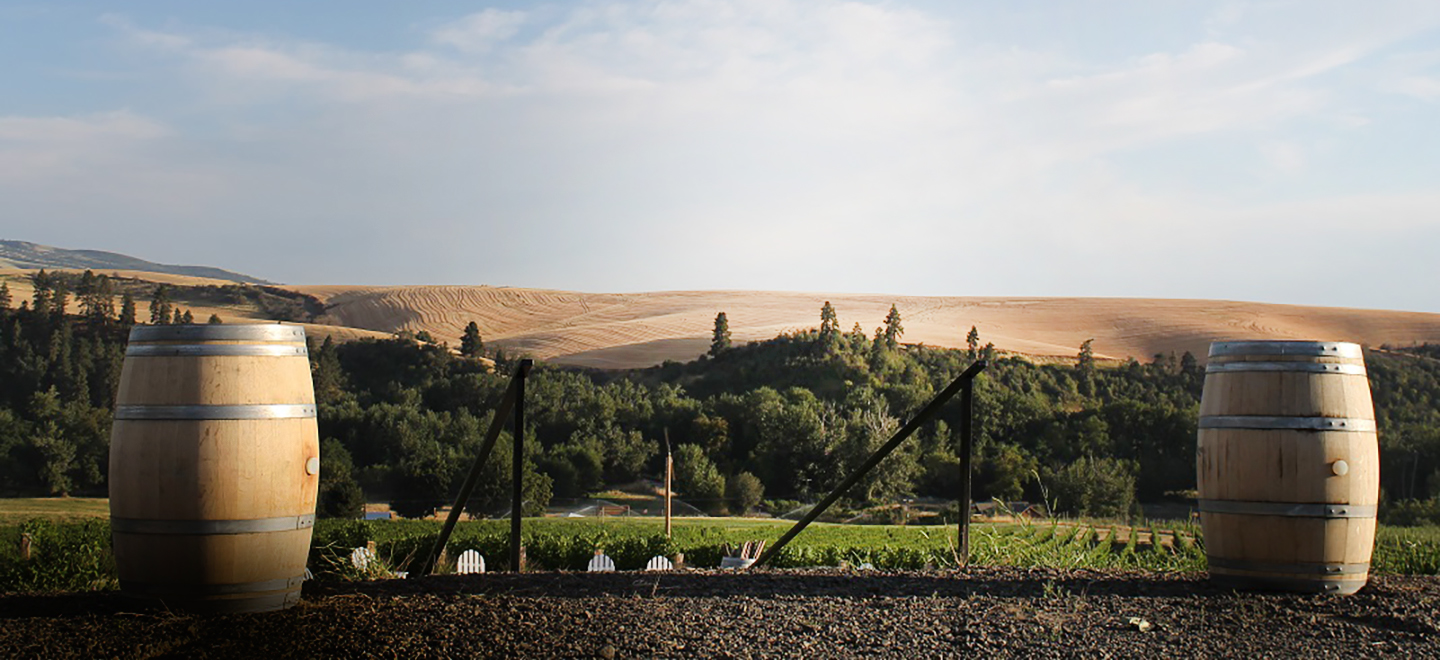 Region:
Region: -
Description:
Thank you to importer Louis/Dressner for this profile of Filliatreau:
(Click here for more Filliatreau information From LDM and here for the winery's website)
Domaine Filliatreau is a large estate of about 50 hectares located near the city of Saumur. The estate is known for its fruity, easy drinking style of Cabernet Franc; in fact it was founder Paul Filliatreau's stylistic shift to stainless steel vinifications with short macerations in the 1970's that made the style popular and in demand in Parisian bistros.
The vast majority of the production consists of Cabernet Franc from the Saumur and Saumur-Champigny appellations, along with a small amount of Chenin Blanc for white wine. Since the early 1990's a side project focusing on organic viticulture called Château Fouquet has been run in tandem with the historic Filliatreau vineyards. Today, the entirety of the Filliatreau estate is certified organic and Château Fouquet is on the verge of being certified biodyamic.
Their most famous vineyard is called La Grande Vignolle; it rests atop a tuffeau stone outcrop that runs along the Loire river for a number of kilometers. During the 16th and 17th centuries, the stone, a creamy colored limestone, was quarried for building some of the great monuments and châteaux of the Loire. Cave dwellings and a few formidable houses were actually carved into the cliffs. The "La Grande Vignolle" label is a depiction of this site.
The soil and subsoil of the vineyard are highly calcareous. This type of soil lends the Cabernet Franc grapes juicy flavors and good acidity. The vines are of considerable age and yields are kept low. The wine is vinified in stainless steel and bottled unfiltered. It is rich in red fruit flavors, with a touch of tobacco and licorice in the finish and has excellent aging potential.
The other cuvées available in America are a Saumur Blanc called "Lena", an entry level Saumur Rouge, a "Vieilles Vignes" bottling of Saumur-Champigny and the "Château Fouquet" from the vines worked biodynamically. Ocasionally, a pétillant naturel called "Filibulle" is produced and we try to bring in as much as we can.
Image: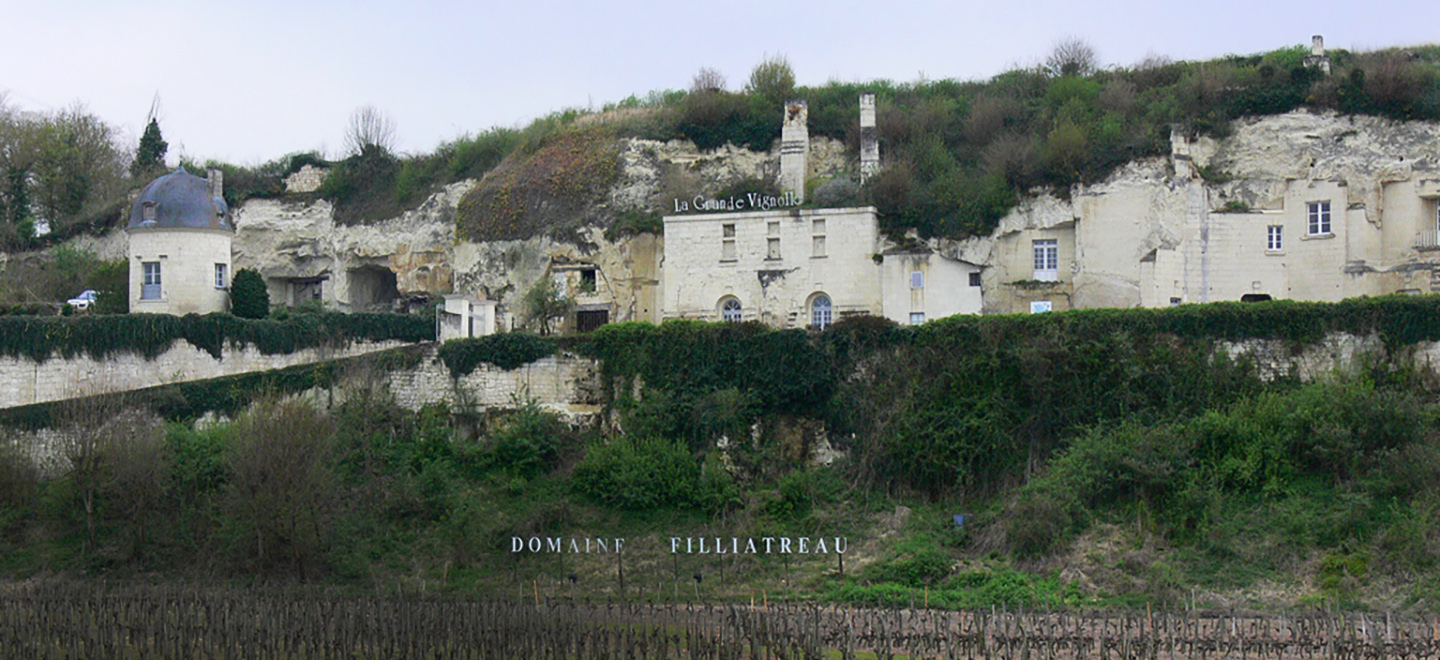 Region:
Region: -
Description:
This micro winery is located in Chacras de Coria (Lujan), Mendoza, They farm from three hectares and go back three generations within the Furlotti family. The vineyards were planted in 1916, all to Malbec; from this they only produce one wine, which is made by famed winemaker Carmello Patti who focuses on balance and terroir. This is considered the smallest winery in Argentina and produces less than 500 cases per year, with only fifty cases for export to the US.
This profile and tasting notes were edited from the Brazos Wine website, along with the pictures used. For more information please visit: Brazos
Image: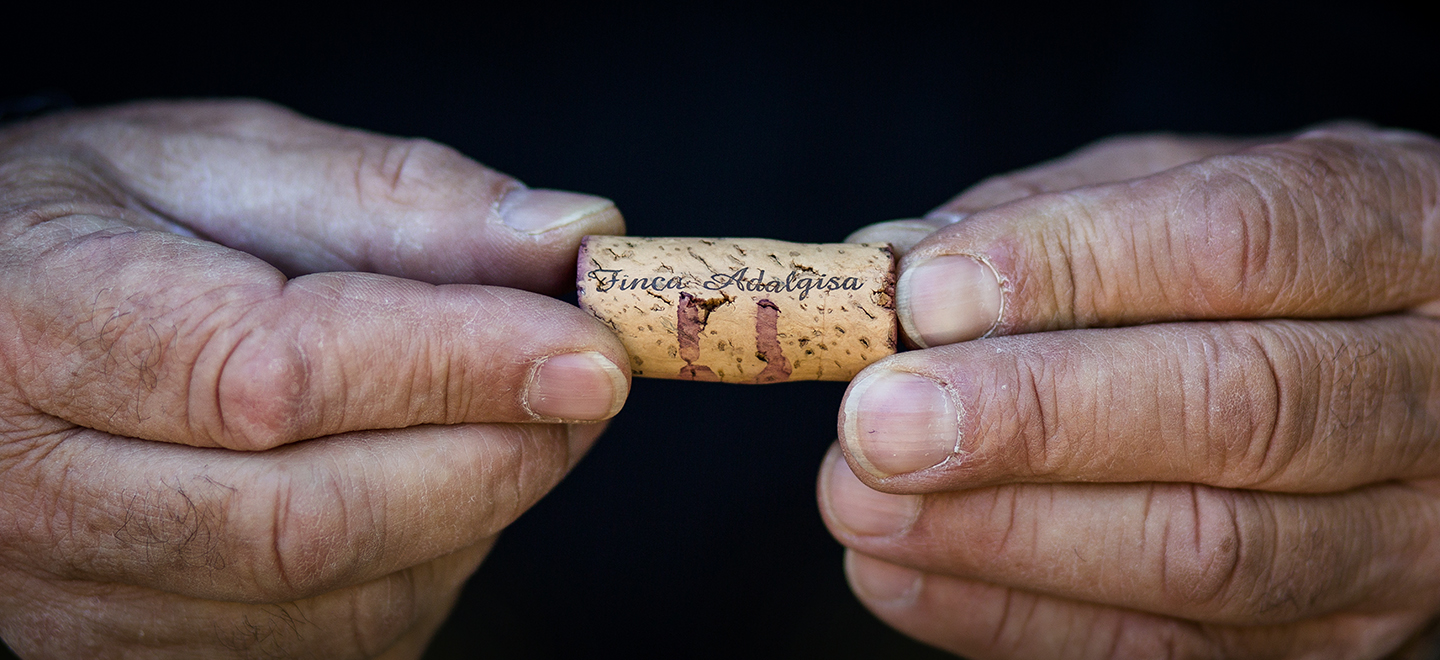 Region:
Region: -
Description:
Domaine Gerard Fiou is a small family domaine in the east of the Sancerre appellation in the town of Saint Satur. There are only a handful of producers here and the soil is unique in that it has a high percentage of silex (or flint) which typically is identified with Pouilly Fumé, which lies just across the Loire river. The domaine now has just under 10 hectares, and they are in the process of converting to certified organic viticulture. Only 15% of the Sancerre appellation has these special silex soils. The terroir, coupled with the older vineyards (an average of 60 years old), gives the wines have a unique and intense mineral expression that is distinctly Sancerre.
Image:Region: -
Description:
Fitz Roy is a collaboration between Elixir Wine Group and Alex Huber of Invina wines in Maule, Chile. Kirk Ermisch, CEO of Elixir Wine Group, in partnership with Invina, curates the highest quality wine from the most esteemed Invina vineyards to showcase the purest expression of the Maule region.
Founder and CEO of Invina, Alex Huber, moved to Chile in 2001 after a storied career in business and the foreign service. He joined his father’s vineyard project where he lived on the vineyards in Maule and became immersed in the family business.
Alex believed that Chile’s key competitive advantage were its vineyards, so in 2007 the Huber family formed Invina, whose original focus was produce premium grapes in Maule to sell to other wineries. Several properties were acquired, with a view of creating a project that reflected the diversity of the Maule Valley. New vineyards were planted, and old vineyards nurtured, applying modern planting and management techniques.
In 2012 the family built a winery, and since then it has been a journey of discovery and appreciation for the quality of grapes produced by the vineyards.
Image: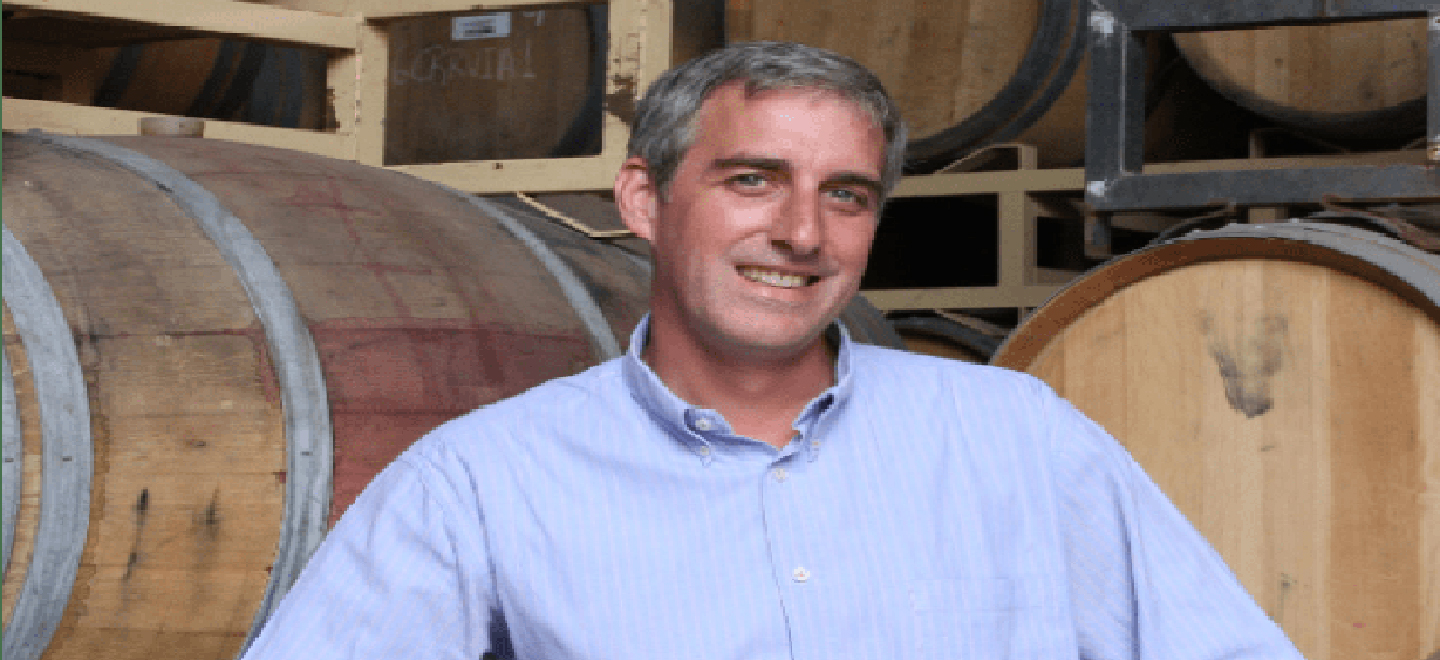 Region:
Region: -
Description:
Thank you to to importer Louis/Dressner for this estate profile:
(Click here for Louis/Dressner's Fongoli entry and here for Fongoli's own website)
We’ve known Giampiero Bea from Paolo Bea in Montefalco since the early nineties and have been fans of his wines even before that. Throughout the nineties into the aughts, we would ask “Giampiero, is there no one in Umbria working the way you do and making real wines?” The response was always a half-hearted pause in the guise of rumination and then a definitive “No.” We imagine his response remains the same today.
Over the course of time Montefalco wines have been driven in demand in good part because of Bea’s great work and as a result there’s been a blossoming of wineries and vineyards. It was the Etna before there was ETNA! The trendy region for the in-the-know wine group. Since the late nineties, it seemed the area was taking a turn for the worse - spoofy wines, made for quantity and consistency rather than terroir. But more recently, there is a swing back to less immediate, more traditional and stoic wines – the wines that actually express the work in the vineyard and the grape and soils of the region.
Angelo Fongoli is the fourth generation to be making wine at the Fongoli family estate. Since the early 2010’s, Angelo has taken the estate--that was, of course, until the eighties a poly-cultural farm using conventional systemic viticulture, then moved towards an almost monoculture farm--back to a more diverse farming culture concentrating on biodynamic techniques. The estate is now almost 40 hectares of vines, vineyards, olive trees, forest and natural truffle production. About 20 of these hectares are now planted in traditional grape varieties of the region – Trebbiano Spoletino, Grechetto, Sangiovese, Montepulciano and Sagrantino – the oldest of which are more than 40 years old. The vines have been certified organic by Ecocert since 2013, and since then only the use of sulfur and limited copper on the vines, the planting of soveccia - legumes, grains and other nitrogen-rich, complex-rooted plants that open the soil and add nutrients. More recently, Angelo with his wife Letizia have begun working the farm completely in biodynamic techniques, seeking quality grapes over quantity production. They are fully satisfied with the results and now make the wines without the addition of sulfur or any other enological products.
The vinifications range from stainless steel with and without temperature control to aging in barrels or demi-muid. They also make two wines in anfora that are made in the nearby town of Deruta – Maceratum for the 100% Trebbiano Spoletino white and Fracanton for the 100% Sagrantino red made in the style of his grandfather and great-grandfather. There is also a 100% Trebbiano Spoletino metodo ancestrale frizzante refermented in bottle using reserved must. There are also still red and white wines – notably some very traditional Montefalco Rosso, Bicunsio, and a Riserva, Serpullo.
Tasting the wines, we have to say that we think Giampiero is not entirely right. There are winemakers in Umbria with the dedication and respect to their vineyards, terroir and traditional wines. The wines that Angelo and Letizia are making are among the finest from the entire region.
Click here for an informative interview of Angelo Fongoli by Monty Waldin.
Image: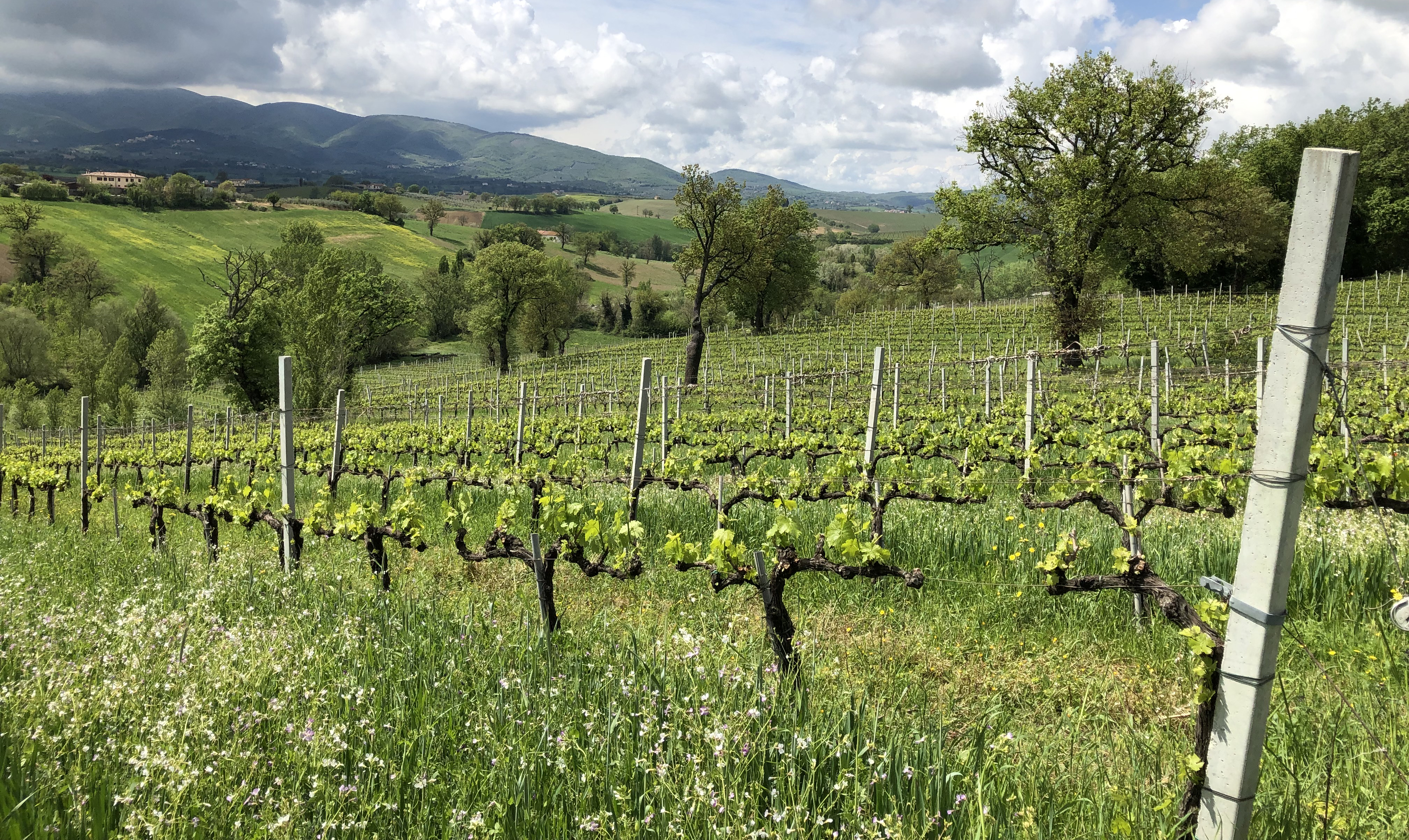 Region:
Region: -
Description:
Thank you to importer Louis/Dressner for this producer profile:
(Click here for more on Fonterenza from Louis/Dressner and here for the winery's website)
Founded by twin sisters Margherita and Francesca Padovani in 1997, Fonterenza is a biodynamically farmed estate spread over the commune of Montalcino. Though the twins grew up in Milan, the farm where they currently reside has been in the family since the 1970's. Viticulture, however, does not run in the Padovani family; in fact, there were no vines whatsoever on the property until Margherita planted the first plots in 1999.
Francesca quickly joined her sister on the project, and subsequent plantings took place in 2002 and 2005 over four hectares of vines, with 3.5 hectares planted in Sangiovese and the rest in Cabernet Sauvignon (regrafted to Sangiovese in 2012). From the beginning, Margherita and Francesca agreed not to use chemicals in their vineyard practices, which quickly led to an interest in biodynamic viticulture and, a few years later, minimal intervention winemaking.
The estate now consists of three plots totaling 4.2 hectares: Vigna del Bosco (2h), Vigna della Strada (1.7h) and Vigna Alberello (0.5h). The first two were planted in 1999 and the third in 2005. While all the vineyards are gorgeous, Vigna del Bosco is particularly stunning; one must walk or drive down a long beautiful path to arrive to a hill completely surrounded by woods.
Four wines are produced from the estate. A rosé is made from the most vigorous vines of the three vineyards. The Rosso di Montalcino is sourced from Vigna del Bosco and Vigna del Strada. The newer "Alberello Rosso" comes from Vigna Alberello and distinguishes itself with soil and exposition variations along with being trained in gobelet versus guyot, resulting in much lower yields and higher concentration. Finally, the estate's Brunello comes exclusively from Vigna del Bosco, a site the sisters consider of exceptional quality akin to a cru.
A few wines made from purchased fruit and rented parcels round out the lineup. A skin contact white named "Biancospino" from Malvasia, Trebbiano and Procanico comes from a nearby parcel of old vines the sisters rent. Another macerated white called "Le Ragazze" came into production in 2018. Finally, "Pettirosso" is "inspired by our friendship with French vignerons and their culture of thirst-quenching wines, conceived to satisfy the needs of everyday drinking and convivial sharing, our idea was to make an Italian vin de soif."
Margherita and Francesca's constant and steady evolution have made Fonterenza one of the most exciting estates for us to follow in the past few years. Every vintage just keeps getting better and better.
Image: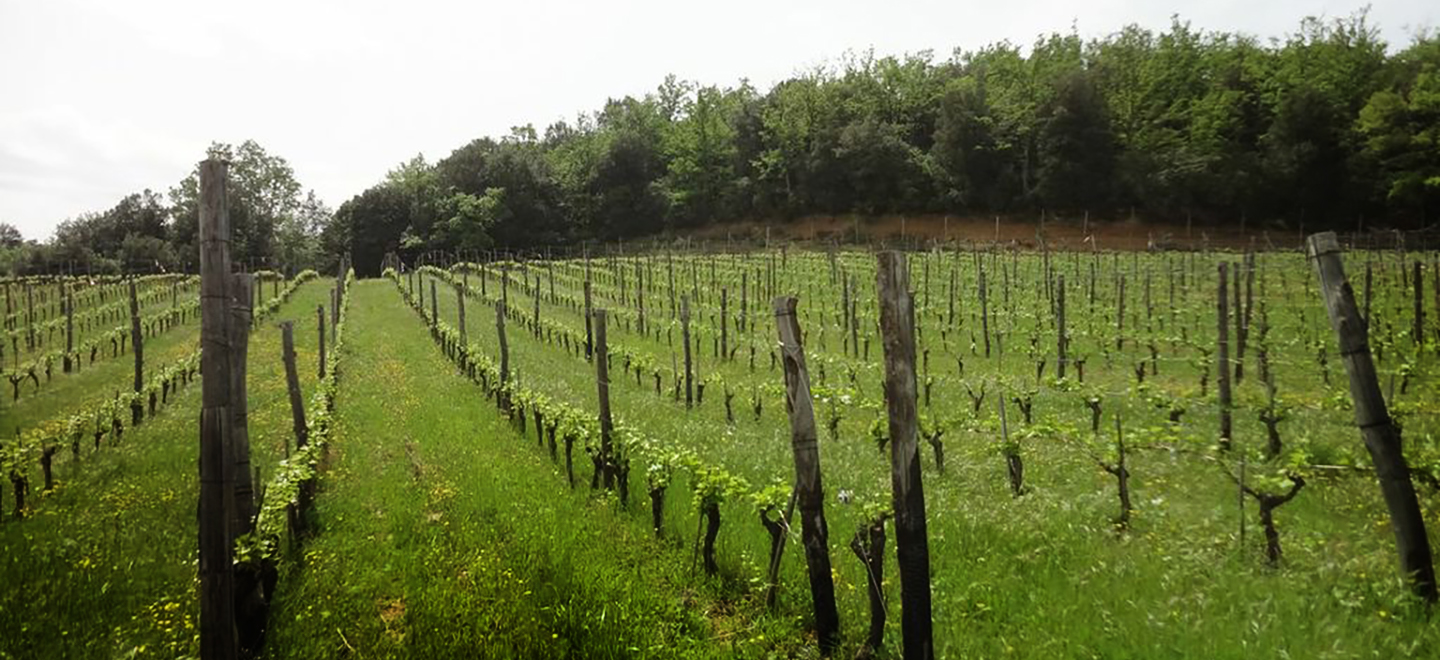 Region:
Region: -
Description:
Thank you to importer Louis/Dressner for this estate profile:
(Click here for more on Foradori from Louis/Dressner and here for the winery's website)
"How can one try to describe the wines of Elisabetta? It’s easy to say that, in this case, the grape does not fall far from the vine or the hand that cultivated it. Foradori - immediately striking, gracefully elegant, discerningly tasteful, soberly serious while at the same time wry and playful, and above all always generous and sincere. Wait, is that Elisabetta or her wines? In fact, it could easily be used to describe one or the other."
Kevin originally wrote that introduction paragraph over a decade ago. I've always loved the passage and it still rings as true as ever. What's even nicer is that the exact same thing can be extended (more or less) verbatim to her children Emilio, Theo and Myrtha, all three now integral to the estate. We'll get to that, but first we need to start at the beginning.
Elisabetta Foradori's journey in her “wine life” is a familiar tale, but one that we never tire of hearing. The early death of her father unexpectedly hurtled her to the management of the family estate. Though “born among the vines” as she says, she took the helm at first more from a sense of duty than one of passion or vocation. Eventually, however, that passion and vocation came through the work itself, both in the vines and in the cellar.
Despite her star rising as "the queen of Teroldego" through the 90's, by 2000 Elisabetta had lost all personal connection to her work. A path of questioning, experiment and intuition (that included everything from biodynamics, massale selection and the use of amphorae) eventually led her to give up any sense of chasing market trends of the “wine industry” to develop the estate towards the goal of making wines respectful of the soil and the local grapes she wants to honor, and using the techniques she found more interesting, less invasive, and more wine “holistic”.
Even with a proven track record, starting from scratch does not always guarantee success. Decisions like progressively replanting the majority of the land from pergola to guyot, radically changing vinifications, producing single vineyard expressions of Teroldego (in amphora no less!); there was no way to know if this would resonate with established or new customers. Still, Elisabetta stayed true to her instincts and as we now know, kept her proverbial throne.
Elisabetta is still very much a daily presence and "the face" for most of the winery's fans. But if you've been following the estate over the last decade it's likely you've met and interacted with her three children Emilio, Theo and Myrtha. All three are lovely and very much evolving the winery into its next phase of existence.
Emilio, the eldest, has been around the longest and unbeknownst to most, he's headed the viticulture for quite some time and, after many years in the cellar with his mother, been making all the wines on his own since 2013. Theo travels the most to represent the winery. He also communicates with people like us (importers, distributors) and is and integral part of the winemaking since 2016, serving as a confidant and advisor to Emilio.
Stylistic shifts, already in motion when Elisabetta was still in the cellar, have become clearly defined over the last decade. This is particularly noticeable with the softening of the Foradori Rosso and Granato through infusion style macerations, partial or full whole-cluster vinifications and avoiding new oak. There have been further experiments with amphora as well, including the very limited Cilindrica bottlings aged an extra year in a smaller, longer amphoras. Finally, it's hard to imagine a wine like Lezèr, a light red born of damaged Foradori Rosso fruit following devastating hailstorms in 2017, would have come into existence without the sensibilities of a younger generation.
And let's not forget Myrtha, who after a long stretch working in farms in Oregon and Quebec has returned to Mezzolombardo and is already beginning Foradori's transformation from winery to full blown polycultural farm. This shift to diversify is very important to the entire family. A full vegetable garden has been planted and the pergolas are now full of salads and radishes. The last time we visited, we didn't see vines but rather spent a late afternoon driving up windy roads to arrive at a gorgeous, lush mountain top destined for cow grazing. In 2020 we got to taste Foradori's first cheeses, an early effort from five cows. Theo laments Italy's lack of affinage and hopes they can incorporate this into their production.
Going back to Kevin's original text, he ended it with the following statement. Again, it's fitting and affirming that it applies just as pertinently to her children: "In a lot of ways, she has come far, but we think, that for Elisabetta, like for other great grower/winemakers we are privileged to work with, it is a process, and one that doesn't necessarily end."
BOWLER E-Zine Issue 4 | January 2022: Compost Cookery with Foradori, Hoch, Bucklin, and Podere Giardino
Image: Region:
Region: -
Description:
Thank you to importer Louis/Dressner for this estate profile:
And click here and scroll down for Jules' very informative interview with Valérie!
Valérie Forgues' story is one of twists and turns, highs and lows, perseverance and overcoming adversity. The unexpected disciple of Clos Roche Blanche's Didier Barrouillet, she initially had no intention of becoming a vigneronne.
Valérie and her ex-husband purchased the impossible to pronounce Domaine de la Méchinière in the late 90's. Owning vines had always been a dream of her husband's, and Valérie, a young stay-at-home mother, agreed to the prospect. They chose Touraine because of its proximity to Paris and the affordability of the land. At the time of the acquisition, the estate was worked chemically; already adverse to such practices, the young couple chose to work sustainably under the Terravitis label.
Fast forward to 2008: Valérie finds herself alone with her two sons at the estate. Facing bankruptcy and the possibility of uprooting her sons from the house they grew up in, she decides, despite no viticultural or winemaking experience, to persevere with the 16 hectare estate. Her brother-in-law, a retired vigneron, is there in the early days to help keep things afloat.
Parallel to these events, Valérie had struck up a friendship with her neighbors Catherine Roussel and Didier Barrouillet, who at the time were running Clos Roche Blanche just five minutes away. Seeing Valérie in need, Didier began off-handedly giving her advice based on his vision of agriculture and winemaking. This philosophy resonated with her deeply. She kept asking Didier questions, and with every answer was eager to learn more. Things were moving along, and the estate was once again being run sustainably, but Didier believed things could be pushed further, and after a heated argument over converting the estate to organic viticulture, he agreed to help Valérie through the whole process. Today, all 16 hectares are on verge of being 100% converted and certified organic. Commercial yeasts have been banned from the cellar for many years now, and Didier has guided Valérie with his master's touch in crafting pure, precise wines from Touraine's native grapes.
Still, one final obstacle remained: machine harvesting. Didier had for years argued with Valérie that machine-harvested grapes would always severely lower quality. Just as with converting to organics, her reticence came from the mental block that running a harvest team would be too much of a risk, but with the 2016 vintage, Valérie finally took the plunge. THis was the final step importer Louis/Dressner were waiting for, and are happy to welcome these wines into our portfolio!Image:Region: -
Description:Fossil & Fawn is the project of Jim Fischer Jr. and Jenny Mosbacher. Originating from Jim’s family vineyard, Silvershot (formerly Crowley Station), located in Eola-Amity Hills AVA, it is the careful study and experimentation of a single place. While their vineyard has become a familiar single-vineyard designate thanks to early supporters such as Brianne Day, it was only recently that they began bottling estate wines under their own label. They presently make their wine in a little town called Gervais, Oregon, subletting space from Scenic Valley Farms.Though the Fischer family has lived at the Silvershot property since the 1970’s, it wasn’t until 1999 that they began planting their home vineyard. They hand planted 15 acres of own-rooted vine cuttings, gathered from neighboring heritage vineyards, in soils comprised of ancient marine sediment, Ogliocene sandstone and fossilized seashells. While winemaking is handled by Jenny and Jim Jr., viticulture is handled by Jim Sr. Silvershot is both dry-farmed and sustainably managed.Since the 2011 vintage, Jenny and Jim Jr. have been producing tiny batches of fascinating wines from this singular place as well as vineyards that are farmed with similar philosophies. They are at once a celebration of tradition and a riveting look at the future.In the cellar they keep it simple: Native fermentations, no additions, no adjustments, all neutral oak, no filtering, and no fining.Image:
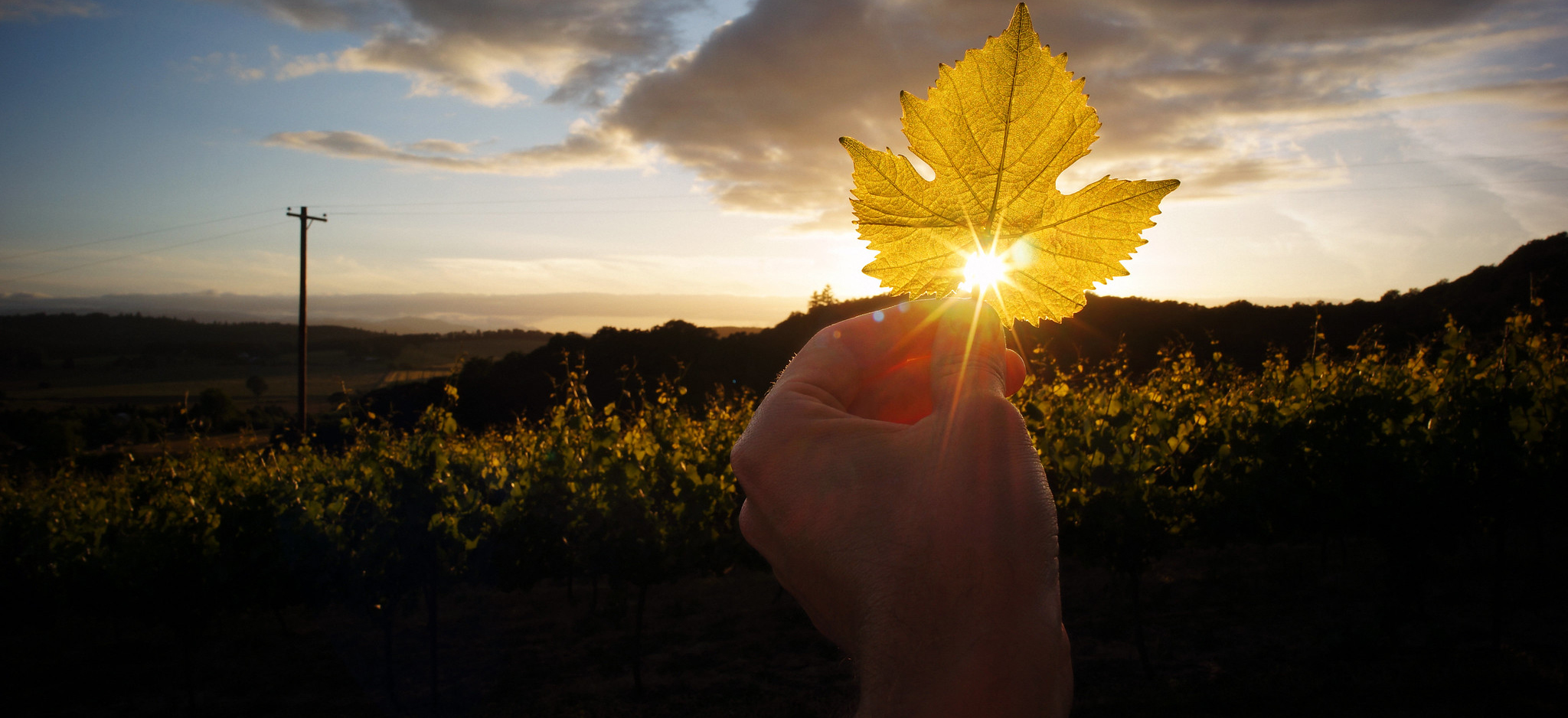 Region:
Region: